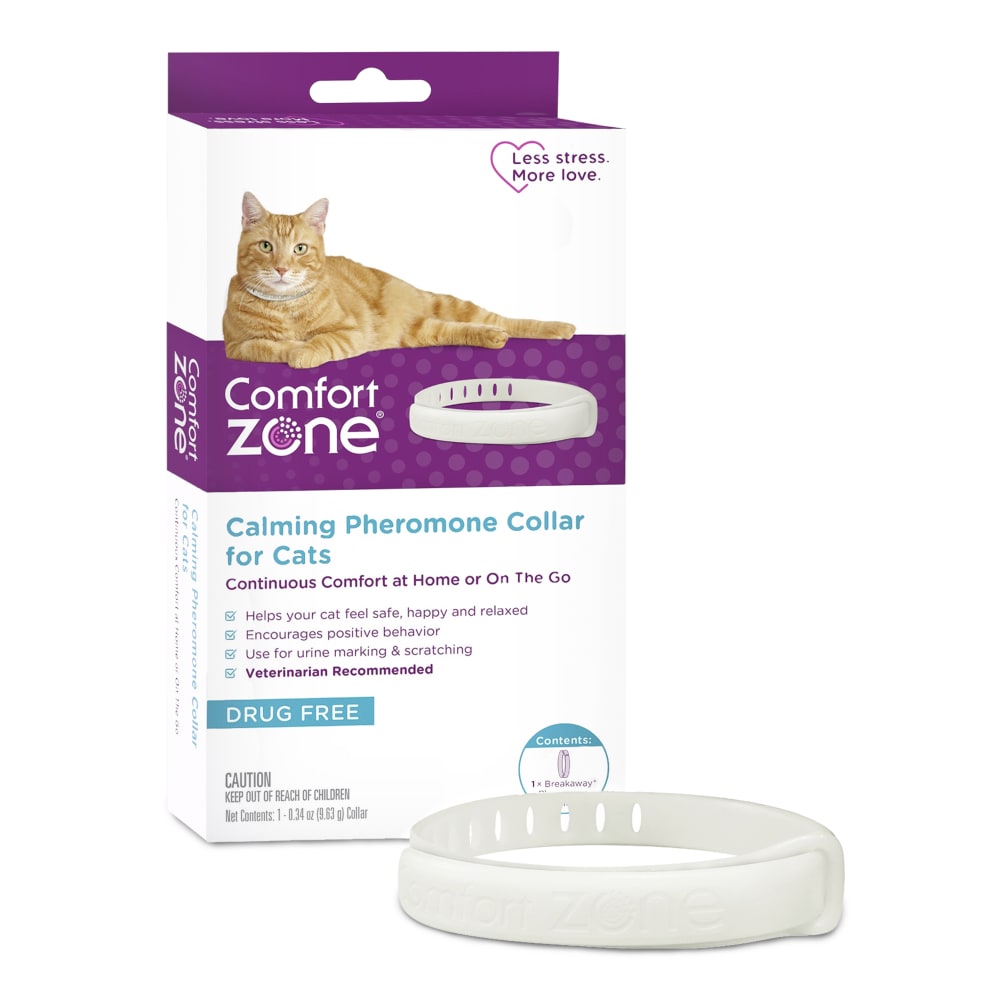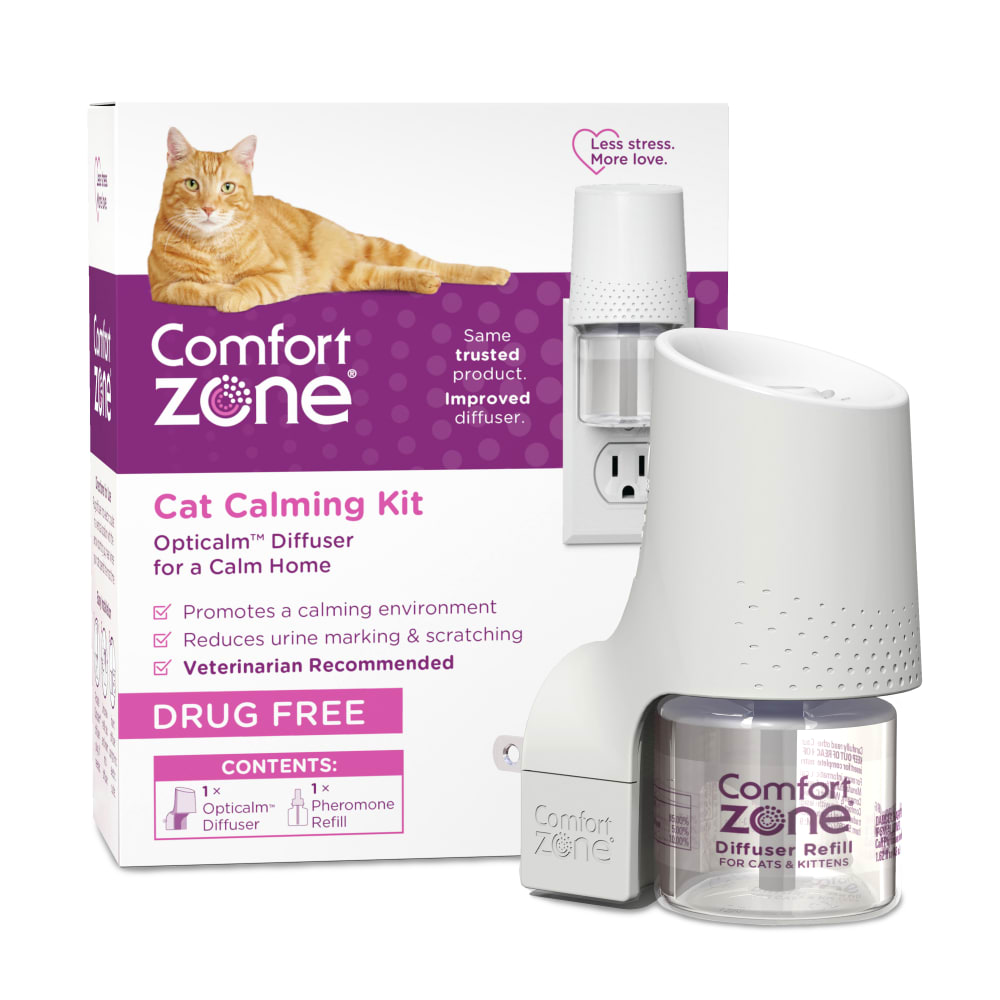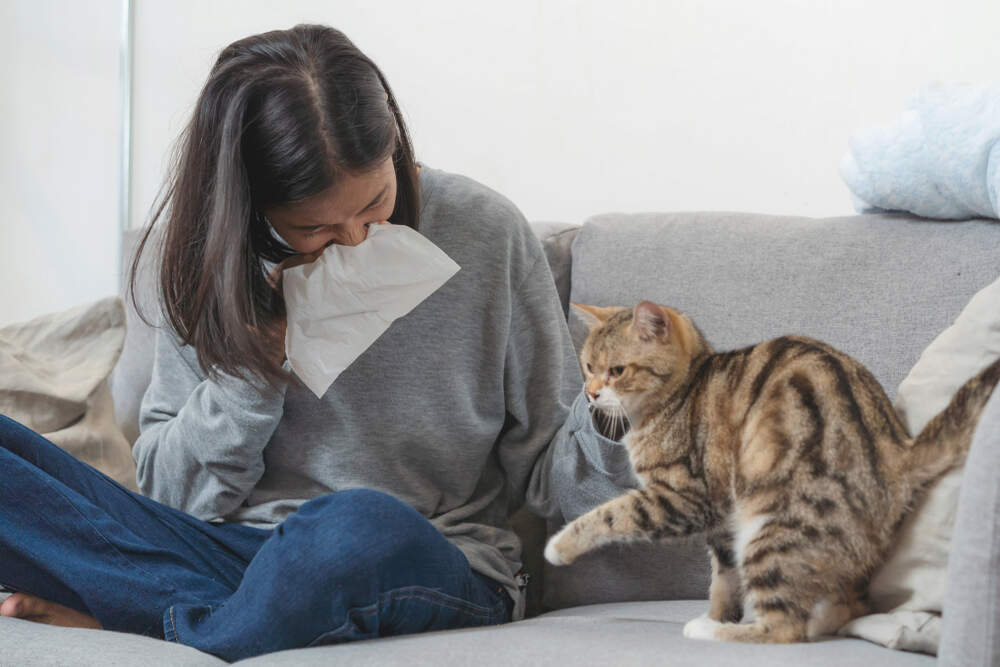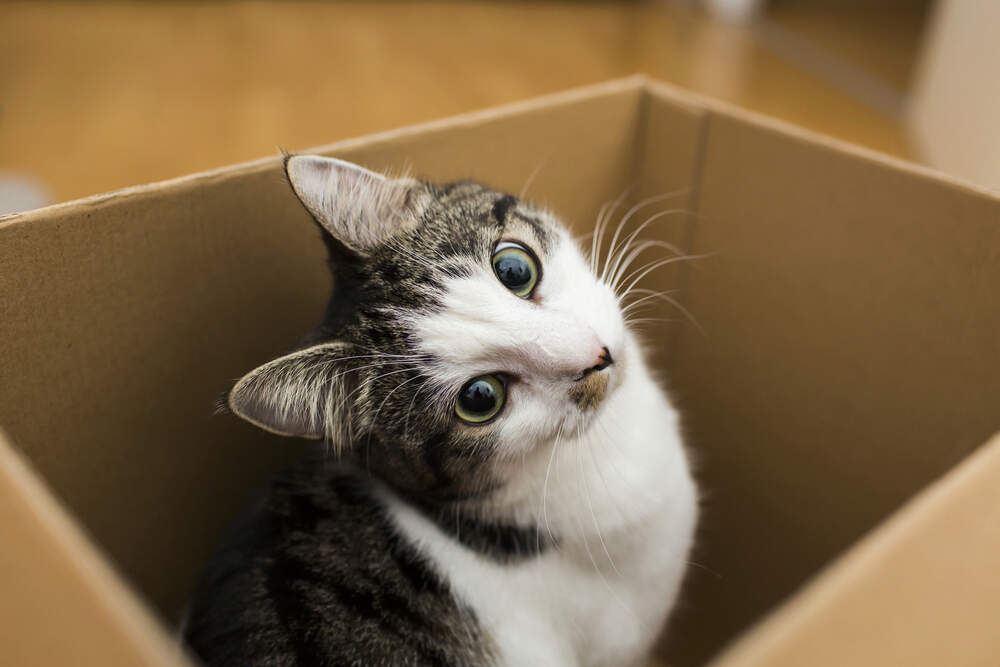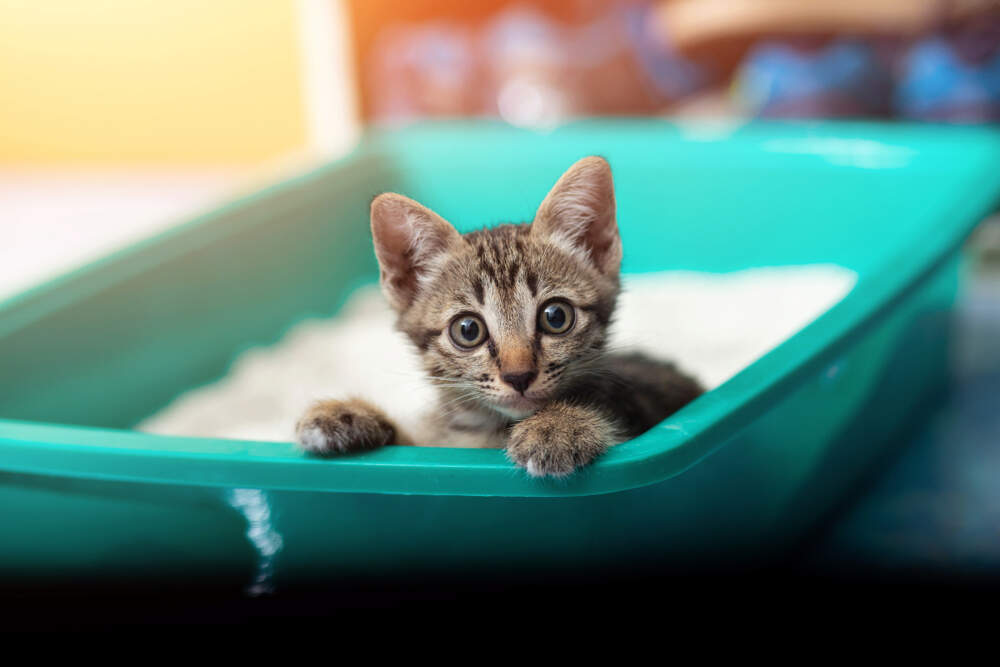What Sounds Do Happy Cats Make?
Happy cats have many special ways to let you know they're feeling content and purrrrfectly at peace. The sounds of a happy cat can range from chirping to meowing to purring. Each unique sound helps communicate why cats are happy. Here's a guide to all of your cat's happy sounds and their meaning.
Cat Chirping and Chattering
Chirping is an adorable way a cat lets you know he's happy. A chirp is usually a very quick, repetitive, "bird-like" sound your kitty makes very quietly. Some cat owners think of it more as a "chatter." He'll often make this sound when he's looking out the window and sees a bird. The sound typically means he's happy, excited, and focused on a potential hunt. If you're playing with him, then he might make the chirping sound when "hunting" a feather wand or a mouse toy.
Cat Purring
The majority of the time, purring means your cat is happy. Some cats purr very loudly, and others purr softly, requiring you to listen closely for their little puffs of purr.
There are some occasions when purring can mean a cat is distressed, feeling sick, or injured. If she's hunched close to the ground, eating or drinking less, acting listless or without energy while purring, then this is not a sign she's happy.
The majority of the time, a purr is a sign of being at peace. Your cat may purr and knead you when you're sitting on the couch or laying in bed, and she's getting ready to cuddle with you. If she likes to be picked up, she may purr whenever you pick her up and hold her close. A cat might even purr if she thinks you are distressed and in need of comforting.
Cat Meowing
A meow is your cat's most direct way of showing he's happy. But keep in mind—interpreting meows is actually more complicated than it sounds. The meow can be an announcement to you, a command, a cry for help, or a request.1
If he meows gently while watching you at your desk, this may be a happy sound asking you to pet him or step away and play with him. If he meows when you're in a different room, he may be looking for you. If he meows in front of his food bowl, then he's likely requesting some kibble.
A meow might also mean he's worried. He may meow if he can't find your other pet or if he's locked in a room and can't get to his litter box or water bowl.
A high-pitched, short meow is more likely to be a happy greeting or a request to play.2 A long meow is typically an intense request, like wanting food. Kittens, on the other hand, may have a meow that sounds more like crying. They may do this if lost, for example. An adult cat with a quick, "harsher" meow may be scolding you for something.
When it comes to meows, you need to learn (over time) what the different cadence, pitch, and tone of a meow indicate. It can vary a bit from cat to cat. This may be connected to the fact that adult cats use the meow almost exclusively to communicate with humans, so he may alter his meows based on how you react.3
Cat Trills
Very happy cats may also make gentle trilling noises from time to time. These are sing-song sounds that are almost musical in quality. Your cat may trill when you first walk in the door after a long day at work, and she sees you for the first time. Or she may trill while she's quietly playing with your window shades and looking out the window. A trill is a sound of quiet contentment. It can also sometimes double as an invitation to play.
The trill is a sound your cat's mom made when getting her kittens to follow her, so your cat may also trill or gently chirp when wanting to show you something.4
Cat "Yowls"
Yowling isn't always a sign of happiness, but for some cats, it can be. A "yowl" is a long, drawn-out meow that's pretty loud and can be heard across your house. Sometimes a cat that isn't neutered or spayed may use this as a mating call. Sometimes it can signal a cat is upset, hurt, or angry and is trying to get your attention. Other times it can be a sign of happiness.
Look for other actions to help you determine when a "yowl" is a sign your cat is happy. He may paw at the ground or his scratching post while yowling, or he may run around the house super fast for no apparent reason (an action some owners refer to as "zoomies"). Quick running, scratching on a scratching post, or trying to get you to play are all signs that a "yowl" is a happy sound.
Body Language Can Help You Interpret Your Cat's Sounds
If you're unsure whether your cat's sound is a happy one, watch her body language. A cat standing confidently with her tail held high is likely happy. A cat hunched over, ears back, tail low, or tail puffy is likely unhappy or stressed. A cat walking low to the ground, slinking, and hiding is also less likely to be feeling happy.
You Can Help Your Cat Make Happy Sounds More Often
Of course, you want to hear your cat make happy sounds, not hissing and growling noises. If your cat seems stressed, there's a lot you can do to help ease his anxiety and help him feel happier. You can invest in cat trees and window perches. Some cats feel confident and happier when they have high places to sit. Sometimes playing with your cat more and helping him expend excess energy can get him feeling happier. Extra energetic cats might even like clicker training exercises.
You can also try calming products, like the Comfort Zone Calming Diffuser. Emotional health (or e-meow-tional health) is vital to having a happy cat. Comfort Zone products help cats feel safe, happy, and calm using signals they understand. While the diffusers are great to use in the rooms your cat occupies the most, the Comfort Zone Calming Collar allows your cat to take those calm feelings wherever she goes. Comfort Zone drug-free calming solutions are effective in and around the home and on the go, with a wide range of products proven to help your pets' emotional well-being.
Your cat has a number of happy sounds that he makes to let you know he's feeling content and peaceful. To best interpret the meaning of his chirps and meows, consider the other body-language clues your cat displays.
1. Atoniades, Kate. "The Cat's Meow: Understanding Your Feline Friend." The Humane Society of the United States, 1 May 2015, https://www.humanesociety.org/news/understanding-feline-friend.
2. Gould, Wendy Rose. "10 Noises Your Cat Makes — And What They All Mean." Reader's Digest, 21 January 2020, https://www.rd.com/list/cat-noises/.
3. ASPCA. "Meowing and Yowling." ASPCA.org, https://www.aspca.org/pet-care/cat-care/common-cat-behavior-issues/meowing-and-yowling.
4. Atoniades, Kate, https://www.humanesociety.org/news/understanding-feline-friend.


